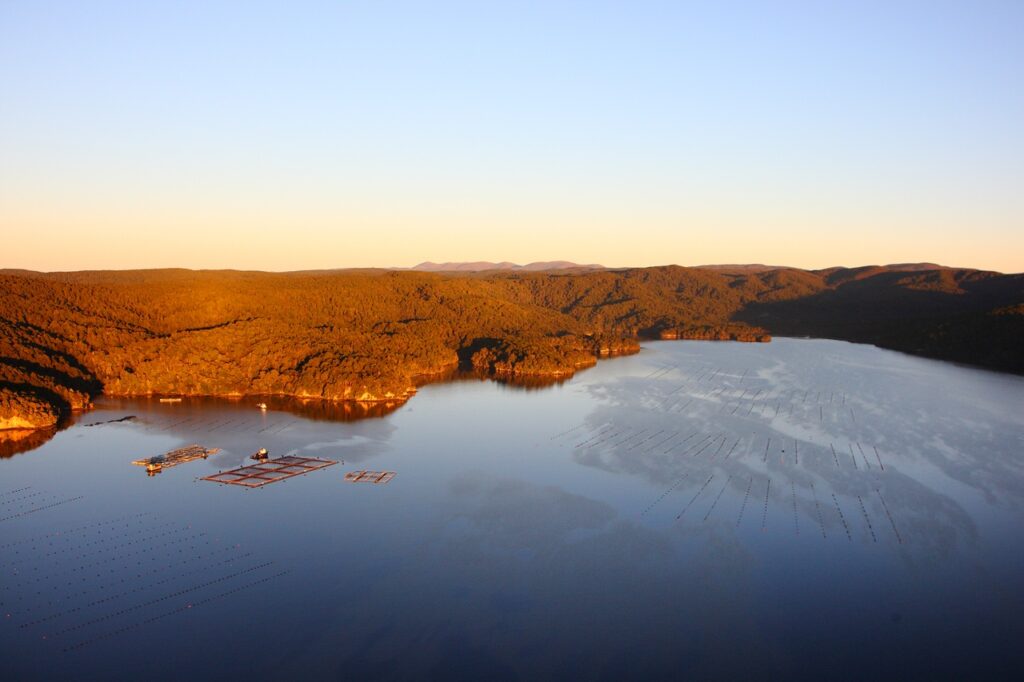Aquaculture
In response to growing demand for quality, sustainable sea food, global aquaculture production is forecasted to increase to between 102-105 million tonnes by 2027. To overcome disease and environmental challenges, many producing regions are looking to develop open ocean aquaculture industries.
Government and industry have identified Southland’s coastline as a potential location for open ocean salmon farming. The region has optimal growing conditions, with good water quality, steady ocean currents, and low variance in temperature.
In 2019, the Ministry for Primary Industries (MPI) released the Aquaculture Strategy. The strategy aims to build an aquaculture industry worth $3b annually by 2035. Open ocean salmon farming will play a major role in reaching this goal. To realise the Aquaculture Strategy’s vision, work is underway to resolve consenting and special planning issues slowing the industry’s growth. Alongside these regulatory hurdles, the Aquaculture Strategy also acknowledges the need for substantial investment in infrastructure and training.
What’s being done?
The Murihiku Aquaculture Working Group is being funded to identify what investment is needed to establish a sustainable open ocean aquaculture industry in Southland. This work will provide clear guidance on immediate needs, with an eye to getting projects off the ground quickly and efficiently.
This work will identify how the region’s infrastructure and training requirements align with the goals of the Aquaculture Strategy. The Working Group will deliver this work in consultation with the MPI.
The Working Group will provide their report back to the Enduring Oversight Group in August 2022. The Government’s regional economic development and investment agency, Kānoa, is also working to identify and support regional investments in future food industries more broadly in line with the goals of the just transition.
